Introduction -
Squeaky shoes can turn a casual stroll into an embarrassing symphony of sounds. Whether you’re at work, on a date, or taking a walk, a constant squeak can ruin the mood. Here, you will learn how to stop shoes from squeaking for comfortable steps. In this guide, We’ll explore the causes of reclaiming the size and elegance of your footsteps.
Common Causes of Shoe Squeaking
Before diving into why shoes squeak, it’s important to know the cause. Here are some common culprits:
1. Moisture: Wet shoes cause squeaks from friction between the insole and outsole.
2. Loose Parts: If any shoe is loose or attached, it can rub materials, causing squeaks.
3. Material Interaction: Certain shoe materials like rubber or leather can squeak when rubbed.
4. Poorly Constructed Shoes: The construction of a shoe may cause squeaking.
Material's We'll Need -
- Dry Paper & Towels
- Talcum Powder
- Lubricant Spray( WD-40 )
- Shoe Glue
How to Stop Shoes from Squeaking - Step by Step
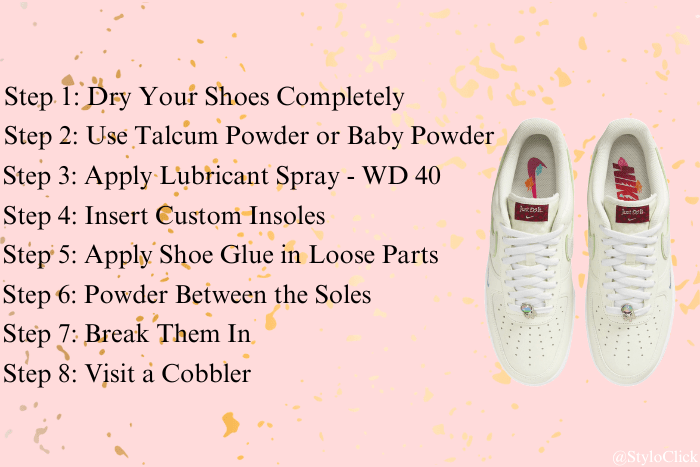
Step 1: Dry Your Shoes Completely -
Moisture is a common cause of shoe squeaking, as it creates friction between the insole and outsole. To dry your shoes completely, remove any wet insoles and laces. Stuff the shoes with dry paper towels or newspaper to absorb moisture in effect. Store them at room temperature in a well-ventilated place. Hairdryers and heaters can harm shoe materials.
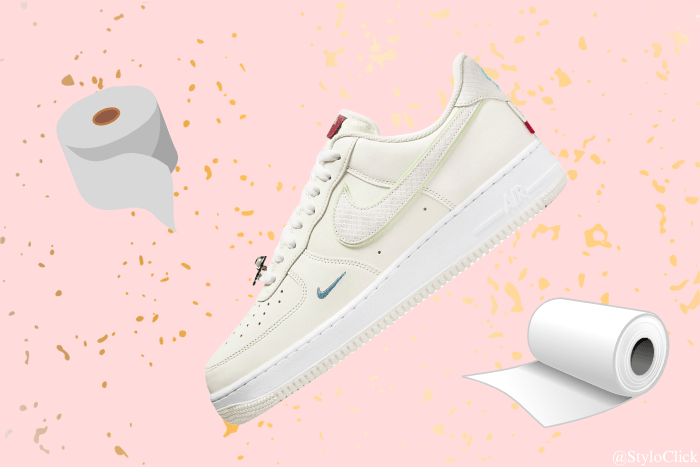

Moisture causes squeaks. Remove insoles and laces, stuff shoes with dry paper, and air-dry at room temperature. Avoid direct heat.
Step 2: Use Talcum Powder or Baby Powder -
Talcum powder helps absorbs moisture, reducing the friction that causes squeaking. To apply, sprinkle a generous amount of powder on the insoles of your shoes. kindly tap and shake the shoes to distribute the powder in an equal manner. Let the powder sit for a few hours or overnight to absorb moisture in effect. Before wearing the shoes, tap them again to remove any excess powder.


Powder absorbs moisture, reducing friction. Sprinkle inside shoes, let sit, then tap off excess before wearing.
Step 3: Apply Lubricant Spray -
Lubricants like WD-40 or silicone spray can help stop shoe squeaks from friction between materials. To apply, spray a small amount of lubricant on the areas where parts of the shoe rub together, such as the tongue and eyelets or the heel and insole. Use a cloth to wipe off any excess lubricant to prevent staining. Before putting the shoes on, let them dry completely.


Lubricants like WD-40 or silicone spray reduce friction between materials. Spray where parts rub, wipe excess, and let dry before wearing.
Step 4: Insert Custom Insoles -
Sometimes, the squeaking may be due to kindly fitting or low-quality insoles. Orthotic insoles provide better support and can reduce friction and noise. To insert orthotic insoles, remove the existing insoles from your shoes. Place the orthotic insoles in and make sure they fit easily. Orthotic insoles come in various sizes and shapes, so pick the kind that fits your feet best for the most comfort


Kindly fitting insoles can cause squeaks. Replace with orthotic insoles for better support and reduced noise.
Step 5: Apply Shoe Glue in Loose Parts -
Loose parts in your shoes, such as a loose heel or sole, can rub against other materials and cause squeaking. To check for loose parts, inspect your shoes with caution. If you find any loose areas, use a strong adhesive like shoe glue to secure them back in place. Put pressure on it and let the adhesive dry according to the manufacturer’s instructions before wearing the shoes.
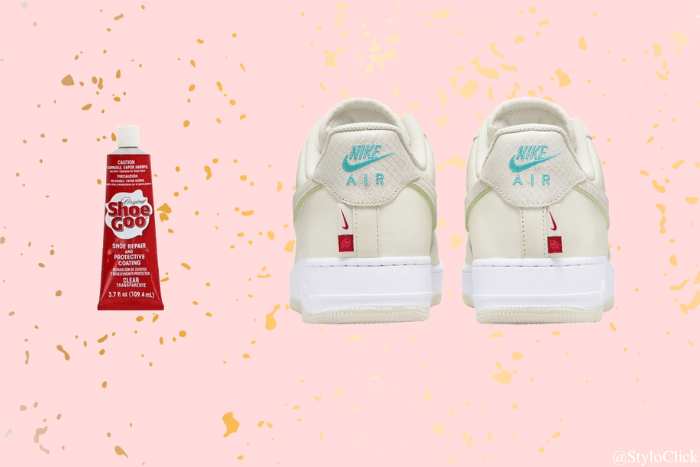

Loose parts, like heels or soles, can rub and squeak. Use shoe glue to secure them back in place.
Step 6: Powder Between the Soles -
For shoes with movable insoles, reducing squeaks caused by friction between the insole and outsole. Remove the insoles from your shoes and sprinkle a small amount of powder between the insole and outsole. Kindly, shake the shoes to distribute the powder equably. Reinsert the insoles and tap the shoes to remove any excess powder. This helps reduce friction and noise when walking.
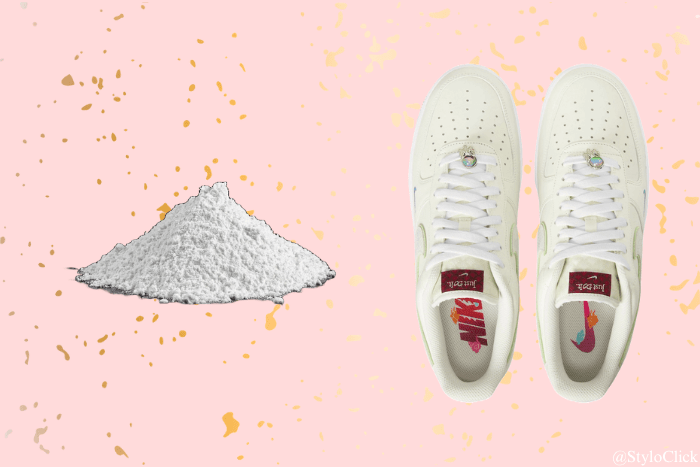

For removable insoles, powder between them reduces friction. Sprinkle powder, shake to distribute, tap off excess, and reinsert.
Step 7: Break Them In -
New shoes often squeak because the materials are stiff and need time to soften and mold to your feet. To break in your shoes, wear them around the house with thick socks. The warmth from your feet will soften materials and reduce friction. Walk on different surfaces to help the shoes adjust to your stride. With time and regular wear, the squeaking should diminish as the shoes become more comfortable.
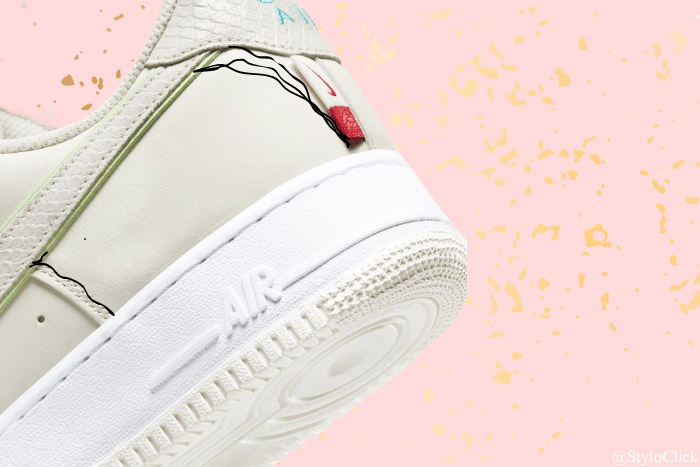

New shoes squeak due to stiff materials. Wear them with thick socks to soften and mold the materials to your feet.
Step 8: Visit a Cobbler -
If all else fails and the squeaking persists, it may be time to seek professional help from a cobbler. Cobblers are skilled in shoe repair and can identify the exact cause of the squeak. They may use tools and techniques to fix loose parts or replace worn parts. A cobbler can fix your squeaky shoes, letting you stroll in silence again.


If squeaking, a cobbler can fix the issue in a professional capacity, with loose parts or flaws.
I Hope these steps are very useful for how to stop shoes from squeaking each one.
Related Query: How to fix Scuffed Leather Shoes
Conclusion -
Dealing with squeaky shoes can be annoying. This article will help you on how to stop shoes from squeaking. Try keeping shoes dry, using powders to reduce friction, and checking for loose parts. If the problem persists, don’t hesitate to seek help from a professional cobbler. With effort, say goodbye to unwanted squeaks and walk confidently in silence.
5 FAQs - How to stop shoes from squeaking
1. Can I use any type of powder to stop shoe squeaks?
- Talcum powder or baby powder absorbs moisture securely for most shoe materials.
2. How long does it take for the lubricant to work?
- The lubricant should work almost immediately to reduce friction and silence squeaks. But, wipe off any excess to prevent staining.
3. Are squeaky shoes a sign of poor quality?
- Not necessarily, Squeaking can happen with any shoes, even high-quality ones. It’s often due to moisture, material interaction, or loose parts.
4. Can I fix squeaky sandals with these methods?
- Yes, many of these methods can work for sandals as well. Yet, be cautious with applying lubricants or powders on delicate materials.
5. How do I know if the squeak comes from the insole or outsole?
- To identify the source of the squeak, try walking on different surfaces. If the noise changes or stops, it can give you a clue where to focus your efforts.
Remember, persistence is key when trying, how to stop shoes from squeaking. Different methods, find what works best for your shoe and situation. You’ll soon enjoy quiet, squeak-free steps with patience and the right approach.
Pingback: How to Fix Scuffed Leather Shoes In 6 Simple Steps -
Pingback: How to Get Rid of Smelly Shoes - 7 Simple Steps -
Pingback: How to Get Gum off Shoe - 5 Easy Steps
Pingback: How to Get Blood Stains Out of Shoes - 7 Simple Steps
Pingback: How to Clean dog poop off Shoes - 6 Easy Steps
Pingback: How to Stretch Shoes - 3 Easy Methods